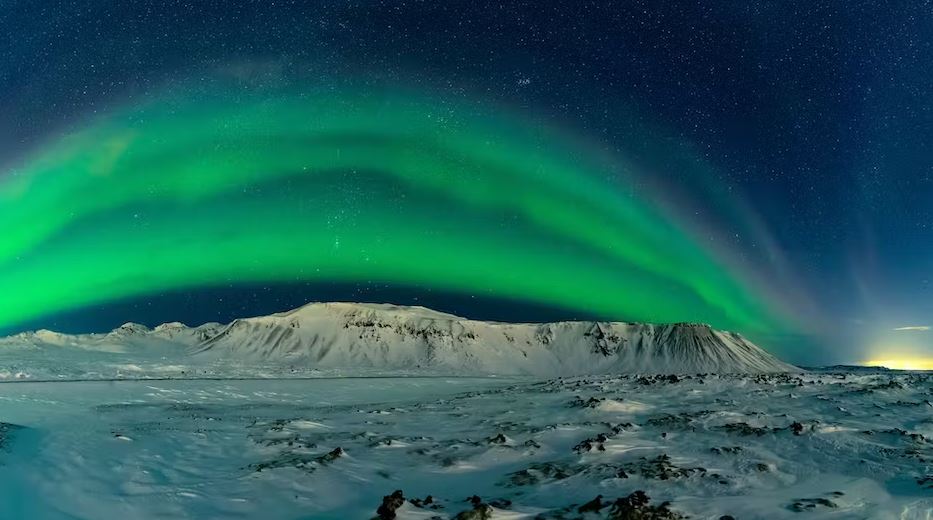How to Photograph the Northern Lights: Tips and Techniques for Capturing Stunning Aurora Borealis Images
The Northern Lights, or Aurora Borealis, is one of the most breathtaking and awe-inspiring natural phenomena on Earth. Capturing the beauty and wonder of the Northern Lights through photography can be a rewarding and exciting experience. However, photographing the Northern Lights can be challenging, especially for beginners. In this blog post, we will share tips and techniques for how to photograph the Northern Lights, from choosing the right equipment to editing your images.
Choosing the Right Equipment
To photograph the Northern Lights, you will need a camera with manual settings, a wide-angle lens with a low aperture (f/2.8 or lower), and a sturdy tripod. A wide-angle lens is essential for capturing as much of the sky as possible, while a low aperture will allow more light to enter the lens, making it easier to capture the Northern Lights.
It's also important to choose a camera with manual settings, such as aperture, shutter speed, and ISO, to give you full control over the exposure and focus of your images.
Preparing for the Shoot
Before you begin your shoot, it's important to check the forecast for the Northern Lights and find a location with minimal light pollution to ensure the best possible conditions for your shoot. You can use online tools and apps to help you plan your shoot, including the time of day and location where the Northern Lights will be visible.
It's also important to dress appropriately for the cold weather and bring extra batteries and memory cards to ensure that you can capture as many images as possible.
Setting Up Your Equipment
Once you have chosen your location and equipment, it's time to set up your camera and tripod. Make sure that your camera is securely attached to the tripod and that the tripod is level and stable.
Next, adjust your camera settings to ensure the best exposure and focus for your images. A low ISO setting and a wide aperture (low f-number) are recommended for capturing sharp, detailed images of the Northern Lights.
Taking Your Shots
When you're ready to start shooting, use a remote shutter release or self-timer to minimize camera shake and blur. Take multiple shots at different exposures and focal lengths to ensure that you capture the best possible images.
One technique for capturing the Northern Lights is to use a long exposure to capture more light and detail in the sky. This can be achieved by using a slower shutter speed, such as 20-30 seconds, and adjusting the ISO and aperture accordingly.
Editing Your Images
After your shoot, it's time to edit your images. You can use photo editing software such as Adobe Photoshop or Lightroom to adjust the brightness, contrast, and color of your images. You can also crop and resize your images to highlight specific details of the Northern Lights.
Advanced Techniques for Photographing the Northern Lights
Once you have mastered the basics of photographing the Northern Lights, you may want to experiment with more advanced techniques to capture even more stunning images.
One technique is to use a faster lens with a wider aperture to capture more light and detail in the sky. A lens with an aperture of f/1.4 or lower will allow you to capture more detailed images of the Northern Lights.
Another technique is to use a star tracker or equatorial mount to compensate for the Earth's rotation and capture longer exposures of the Northern Lights. This technique allows you to capture more detail and color in the sky without blurring or streaking.
You can also experiment with different angles and perspectives to capture more creative and unique images of the Northern Lights. For example, you can try shooting the Northern Lights over a landscape or other foreground element to create a more dynamic and interesting composition.
Finally, you can also try using filters to enhance the color and contrast of your images. A polarizing filter can reduce glare and enhance the contrast of the Northern Lights, while a color filter can enhance the colors of the Northern Lights and create more dramatic and artistic images.
Conclusion
Photographing the Northern Lights is a magical and rewarding experience that requires patience, skill, and creativity. By choosing the right equipment, preparing for your shoot, and experimenting with different techniques and perspectives, you can capture stunning images that showcase the beauty and wonder of the Northern Lights.
Whether you're a beginner or an experienced photographer, take some time to explore the magic and majesty of the Northern Lights and all it has to offer. With these tips and techniques, you can capture beautiful and inspiring images that will leave you and your viewers in awe.
More about photography:
- How to Photograph The Moon
- How to Photograph The Milky Way
- How to Photograph Stars
- How to Photograph A Solar Eclipse
- How to Photograph Planets
- How to Photograph Jupiter
- How to Photograph Star Trails

